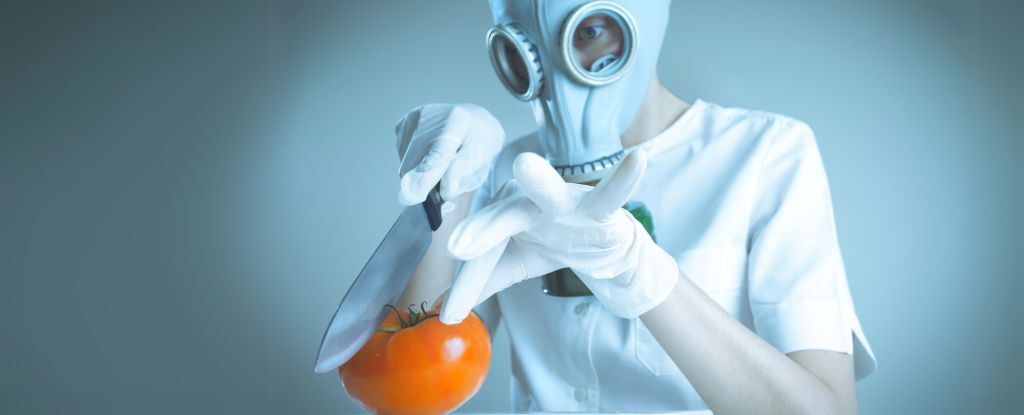Rumored to have killed the Roman emperor Augustus, nightshade’s berries are notoriously deadly. Tomatoes belong to the same plant family, Solanaceae, and produce toxic steroidal glycoalkaloids too.
Solanaceae make use of steroidal glycoalkaloids as a natural defense against pests. These molecules are thought to mess with animal cell membranes, damaging them and eventually causing cell death.
Potatoes, another member of this toxic family, have been cultivated to have safe levels of these compounds, though they can pump them out when damaged or exposed to large amounts of light.
Bai and team discovered that in tomatoes, the chemicals that make the fruits redder, softer, and sweeter also coordinate the breakdown of the toxic glycoalkaloid into a less toxic compound called esculeoside A.
“[This helps] ensure that high levels of toxic steroidal glycoalkaloids remain in immature fruits to maintain resistance against herbivory attacks, guaranteeing that the fruits reach the seed maturation stage,” the team explains in their paper.
Source:
Removal of toxic steroidal glycoalkaloids and bitterness in tomato is controlled by a complex epigenetic and genetic network



This makes me wonder… if unripe tomatoes contain toxic glycoalkaloids, then why are fried green tomatoes safe to eat? Are the glycoalkaloids also broken down by heat, or do tomatoes already have safe levels of them to begin with?
Well crud, just posted the same question. A quick scan says they’re heat stable, unless you get well past typical cooking temps.